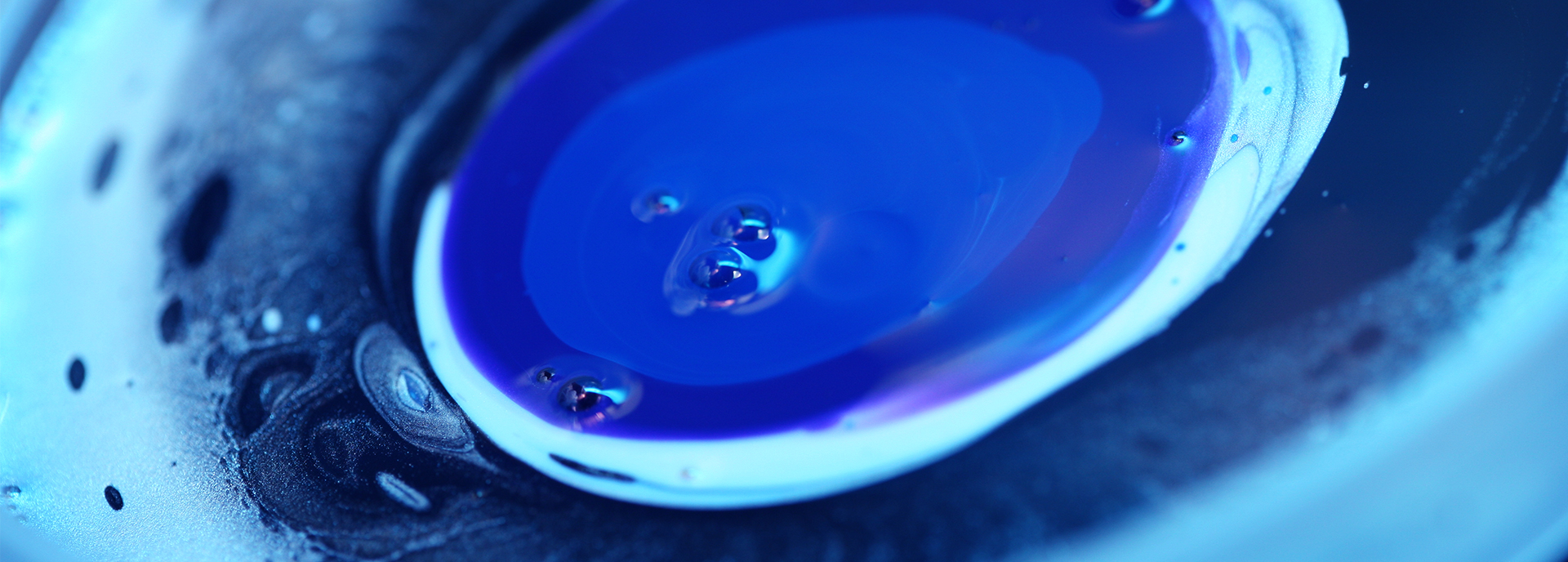Testing via pH indicators is a critical process done by dye manufactures for their clients.
Since it has targeted analytical applications it has to be monitored as dyes are very
sensitive do pH alterations. Colorants can have a marked change if testing is faulty and it
does not meet the client’s specific purpose. Compatible pH ranges affect the processes for
the creation of all product lines. That is why pH indicators have a large role play in this
industry.
In order to understand how dyes will be impacted, this testing procedure needs to be
implemented in a methodical manner at the manufacturer’s laboratory.

What do pH indicators do?
The indicator has the ability to work as halochromic chemical compound. It is blended with
a solution in small measures to get the ideal pH range. Various indicators reveal the color
and change its physical properties. For example, methyl orange is used as a pH indicator
which is useful for dyeing and printing textiles sectors. It can be developed according to the
industry standards by optimal testing procedures. The halochromic materials for textiles
have diverse end-use applications. With the help of pH sensors, it adds to the economic
dyeing process with limitations. Fast colors are always preferred by customers who use
fabrics for many purposes. Hence, the pH sensitivity and its color changing characteristic is
important for different materials. There is always a performance gap between lab testing
and actual dyeing process as fibre interactions fluctuate. Hence, manufacturers develop pH
sensors with indicator dyes. It is used in the traditional dyeing process. The pH solution has
to be compatible to the solution for dissolving dyes. That is why some dyes are always used
with caution. They cause problems and only technical experts are able to identify the areas
being affected. They offer trusted solutions for proper testing with the right instruments.
What does testing involve?
When testing is done for end-uses of the pH indicator analysis, it is measured for color
fastness for:
Laundering
Light
Unfinished & Finished dye pH responses
Determination of the response time
Water and oil repellency
Why analysis of pH sensitivity is significant?
The sensors are indicative of the safety level or the harm they can have on the skin after
prolonged use. Hence, it is important for the industry to be more sensitive not only towards
the environment but also to human skin. Textile fabrication processes need advanced
solutions to tackle sensitivity. Thus indicator functions are important and integral in the
finished products.
pH indicator dyes other applications
While it cannot be argued that pH indicator dyes are prominent for fabrics and dyeing
processes. As biological stain dyes they reveal structures in medicine to study polymer
foundations. Metal ions are detected by testing methods.
They are also used for:
Water Treatment
Product Sanitization
Analysis in laboratories
The usage indicates if there is any other foreign substance which is visible when the color
changes.
Some of the leading pH indicators and biological dyes are:
Eosin
Acid Red 92
Flourescein
Methyl Orange
Titan yellow
Basic Brown
These applications are prominent in dyeing and printing textile sectors. Indian
manufacturers offer a wide range in tamper proof finish cater to global demands annually.
